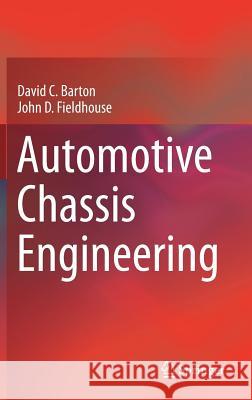Automotive Chassis Engineering » książka
topmenu
Automotive Chassis Engineering
ISBN-13: 9783319724362 / Angielski / Twarda / 2018 / 327 str.
Automotive Chassis Engineering
ISBN-13: 9783319724362 / Angielski / Twarda / 2018 / 327 str.
cena 422,11 zł
(netto: 402,01 VAT: 5%)
Najniższa cena z 30 dni: 421,13 zł
(netto: 402,01 VAT: 5%)
Najniższa cena z 30 dni: 421,13 zł
Termin realizacji zamówienia:
ok. 20 dni roboczych.
ok. 20 dni roboczych.
Darmowa dostawa!
Kategorie:
Kategorie BISAC:
Wydawca:
Springer
Język:
Angielski
ISBN-13:
9783319724362
Rok wydania:
2018
Wydanie:
2018
Ilość stron:
327
Waga:
0.65 kg
Wymiary:
23.39 x 15.6 x 2.06
Oprawa:
Twarda
Wolumenów:
01
Dodatkowe informacje:
Wydanie ilustrowane











